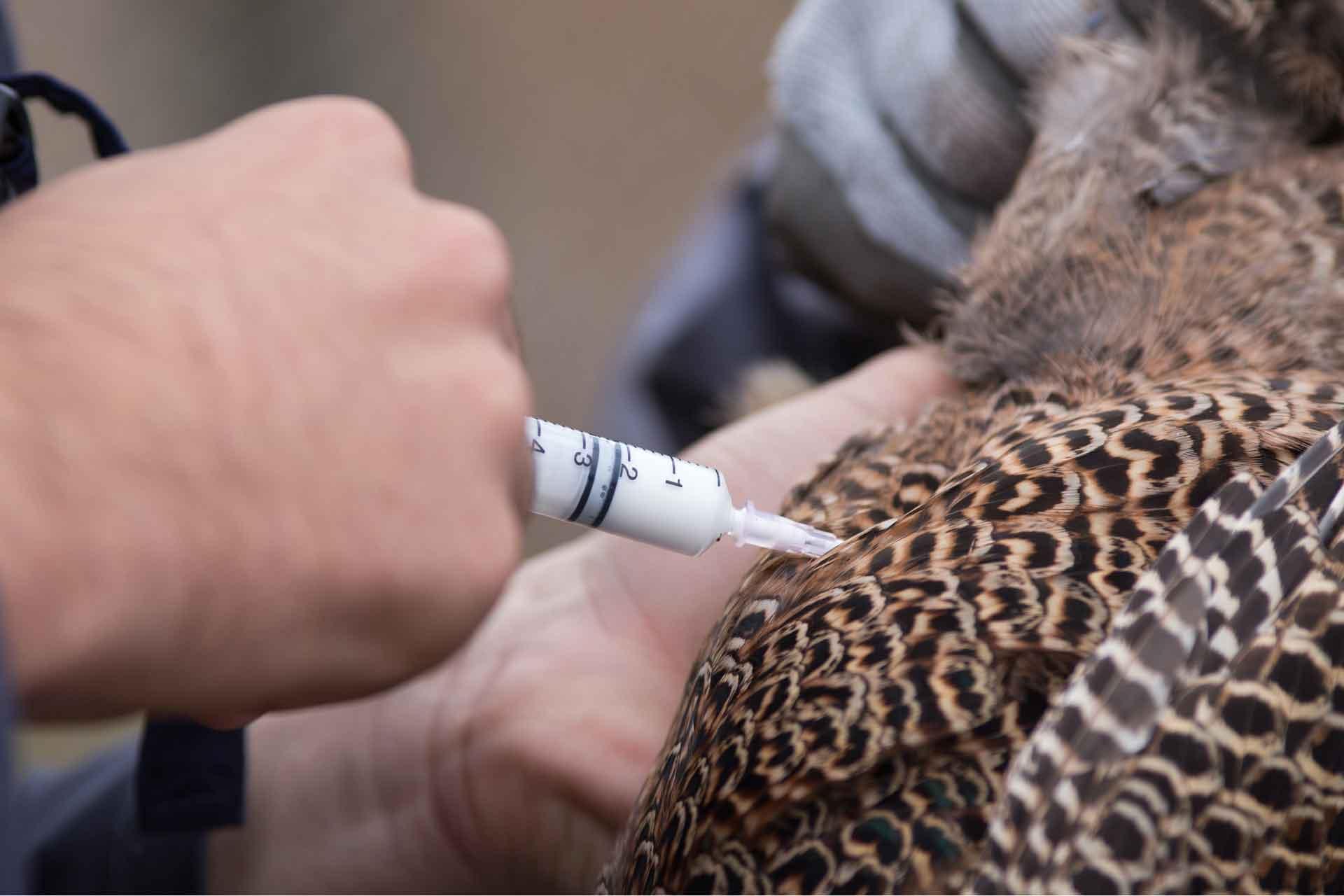Researchers at The Pirbright Institute have published their methods for creating a vaccine that protects against Marek’s disease and infectious bursal disease (IBD) using CRISPR/Cas9 gene editing system in the video journal JoVE.
Both viruses cause highly infectious diseases of poultry and cause huge economic losses globally. The research carried out by Pirbright’s Viral Oncogenesis group utilises fast and accurate gene editing tools to insert an IBD virus gene into the Marek’s vaccine virus. This results in the creation of what is known as a recombinant vaccine, which allows the single vaccine to protect against both diseases simultaneously.
"Developing this protocol was not easy", said Professor Venu Nair, Head of the Viral Oncogenesis group. “Extensive work went into defining the correct quantities and timings of each step, and it has taken the last two years to streamline the process. However, the hard work and perseverance of the team finally paid off and we now have a procedure that is highly efficient, and represents a vast improvement on previous techniques."
Although other recombinant vaccines exist that protect against both viruses, the methods for producing them are lengthy and not as reliable. The new system demonstrated in JoVE is precise and allows vaccines to be developed rapidly, which improves capacity for responding to changing outbreak situations. The method’s flexibility also offers the potential to expand and protect against three or four diseases, including influenza, which remains a major challenge to poultry production and a threat to human health.
Sharing the methodology in JoVE will allow scientists to see how Pirbright researchers use CRISPR/Cas9 to create the recombinant vaccine step-by-step. This could benefit other labs which are looking to use CRISPR/Cas9 systems to target other poultry diseases such as infectious laryngotracheitis virus and Newcastle disease virus. “The development of new vaccines using this approach will be highly beneficial for the poultry industry to protect against multiple poultry diseases”, said Dr. Yongxiu Yao, the Senior Scientist in the group who led this work.
